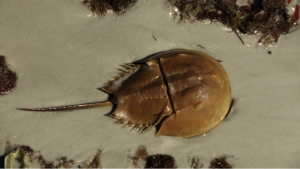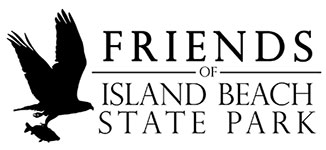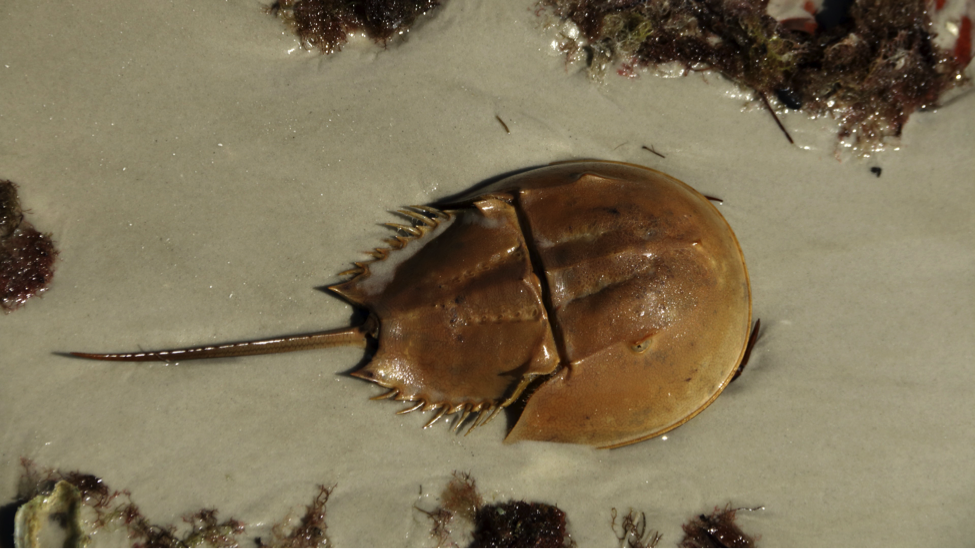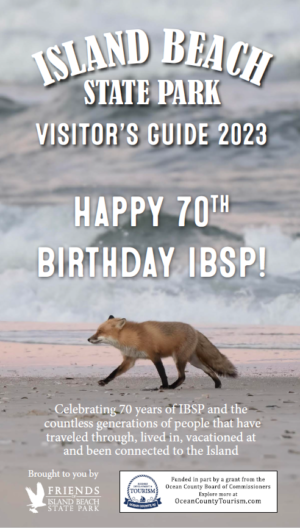This is the third installment of a column called “Science of the Shore,” written by Bianca Charbonneau, Phd candidate. Have a science question you would like answered? Email Bianca at [email protected]
Have you ever stumbled upon a hard shelled tank-like spiked brown creature on the beach or bay? If you have, then you have stumbled on a blast from the past – a horseshoe crab (Limulus sp.).
Horseshoe crabs are living fossils. Their now extinct ancestors, the trilobites, date back almost 450 million years ago. These living fossils existed 200 million years before dinosaurs roamed the Earth and continue to fascinate today.
 There are four species of horseshoe crabs and North America is home to Limulus Polyphemus; the other three species are in Asia. These strange looking creatures are perfectly harmless despite their armored exterior and spike-like tail (the telson), which they use to steer and right themselves if they get flipped on their back.
There are four species of horseshoe crabs and North America is home to Limulus Polyphemus; the other three species are in Asia. These strange looking creatures are perfectly harmless despite their armored exterior and spike-like tail (the telson), which they use to steer and right themselves if they get flipped on their back.
However, you probably did not find a washed up ‘creature’, but a carapace molt (exoskeleton) - they shed their exoskeletons while growing, like hermit crabs with their shells.
Horseshoe crabs are in the same phylum as crabs, spiders and scorpions - arthropods. All arthropods have exoskeletons, a body divided into segments, and legs with joints. However, horseshoe crabs are not true crabs despite their name. True crabs belong to Crustacea, like lobster, blue crab, and shrimp; all members have antennae and jaws. Horseshoe crabs do not have antennae or jaws and are in a class all their own, called Merastomata which means “mouth surrounded by legs.” They are actually more closely related to Arachnids (spiders and scorpions) than to crustaceans, but get the name horseshoe crab from their round head shape which resembles the U-shape of a horseshoe.
Similar to sea turtles, they spend their life in the water, but come on land to reproduce and lay their eggs like clockwork each year. Mating season is during full and new moons and high tides May to June. Females attract males via natural chemicals called pheromones. The males sense the pheromones, find the female, and competing to be in position to fertilize her eggs - the male attached to the backside of the female as she is laying her eggs is most likely to fertilize them externally as they are laid. However, satellite males clustered around the nesting pair may also be lucky enough to pass on their genes.
Horseshoe crabs eat worms and clams, but more importantly their eggs are a necessary food source for birds migrating from South America to the Arctic, especially endangered Red Knots (Calidris canutus). Delaware Bay is the largest spawning area in the world - scientists come from all over the world to study the populations and anyone can donate their time to help by tagging individuals (http://www.horseshoecrabtagging.org).
They are also very important for medical science and save millions of lives a year. Unlike vertebrates, their blood carries oxygen with hemocyanin instead of hemoglobin. Their blood is blue because of the copper in hemocyanin and contains amebocytes, which act like our white blood cells (fight pathogens). We harvest their blood and use amebocytes to detect harmful bacteria in things like heart valves, needles, and vaccines. Horseshoe crab mortality from blood harvesting is relatively low, but overharvesting for fishing and habitat loss from development hurt the populations yearly.




